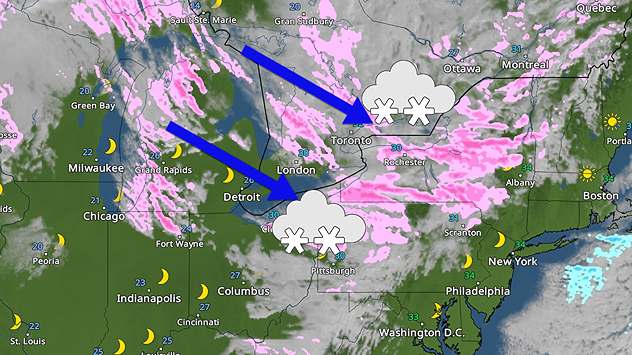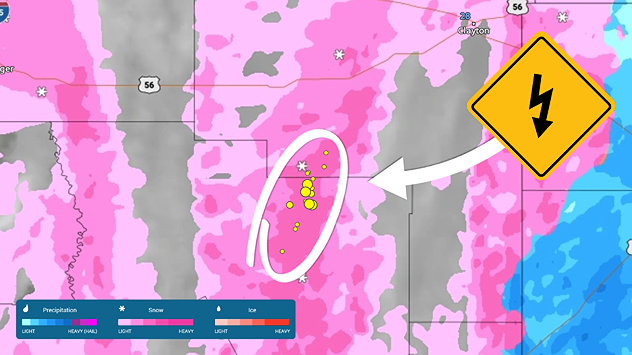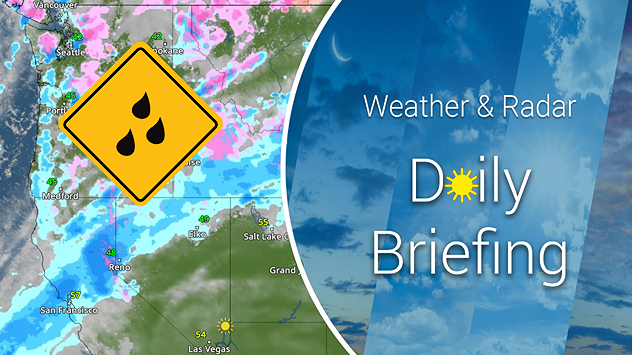Launch date & functionGOES-T: What instruments are aboard?

What instruments does the satellite have? How does it help us?
Recommended external content from YouTube
We need your consent to show content from YouTube. You can withdraw your consent at any time.
Settings for external content
Privacy policy




